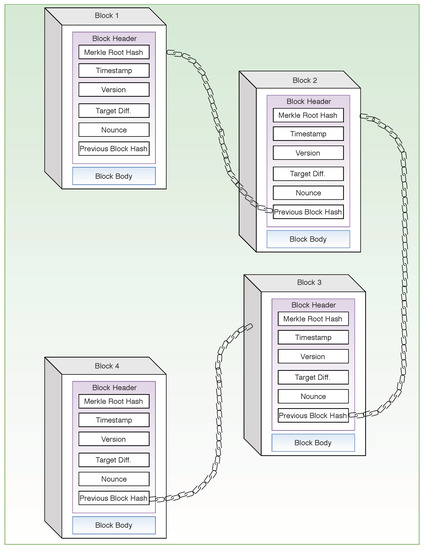

Unfortunately I couldn't find an easy solution to fix this. So for some reason, Django creates normal text input field for the password when the model is derived from Django's built-in User. But when this form is used to create a user, the password will not get hashed at all. Now Django automatically creates a form for adding new employees in the Django admin. So I had something like this in my models.py class Employee(User):Īnd this in my admin.py class EmployeeAdmin(admin.ModelAdmin):Ī(Employee, EmployeeAdmin) Using this online tool you can easily generate SHA256 hashes.I ran into the same problem in a situation where I had subclassed the Django's User, then created a model admin for it and used the automatically generated Django admin form to create a user. SHA-256 is one of the successor hash functions to SHA-1,and is one of the strongest hash functions available. You can compare hashes of your file and original one which is usually provided in the website you are getting data or the file from. For example if you download something you can easily check if data has not changed due to network errors or malware injection. SHA256 algorithm can be still used for making sure you acquired the same data as the original one. Some years ago you would protect your passwords from hackers by storing SHA256 encrypted password in the your data base. So it is no longer recommended to use it for password protection or other similar use cases.


With the newest hardware (CPU and GPU) improvements it is become possible to decrypt SHA256 algorithm back. This makes it suitable for checking integrity of your data, challenge hash authentication, anti-tamper, digital signatures, blockchain. SHA256 algorithm generates an almost-unique, fixed size 256-bit (32-byte) hash.

Even if only one symbol is changed the algorithm will produce different hash value. If you would like to compare two sets of raw data (source of the file, text or similar) it is always better to hash it and compare SHA256 values. A cryptographic hash is like a signature for a data set. The SHA (Secure Hash Algorithm) is one of a number of cryptographic hash functions.


 0 kommentar(er)
0 kommentar(er)
